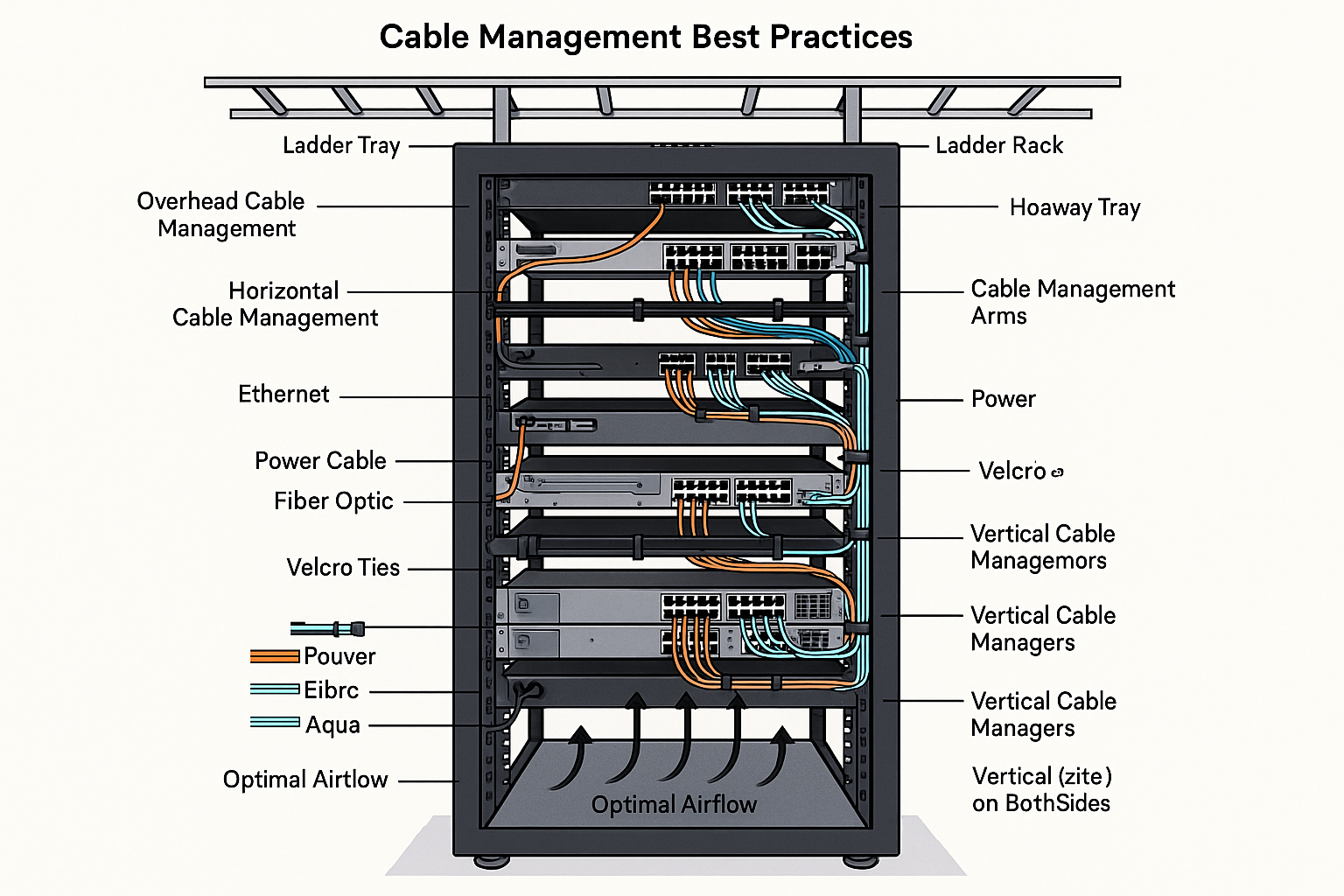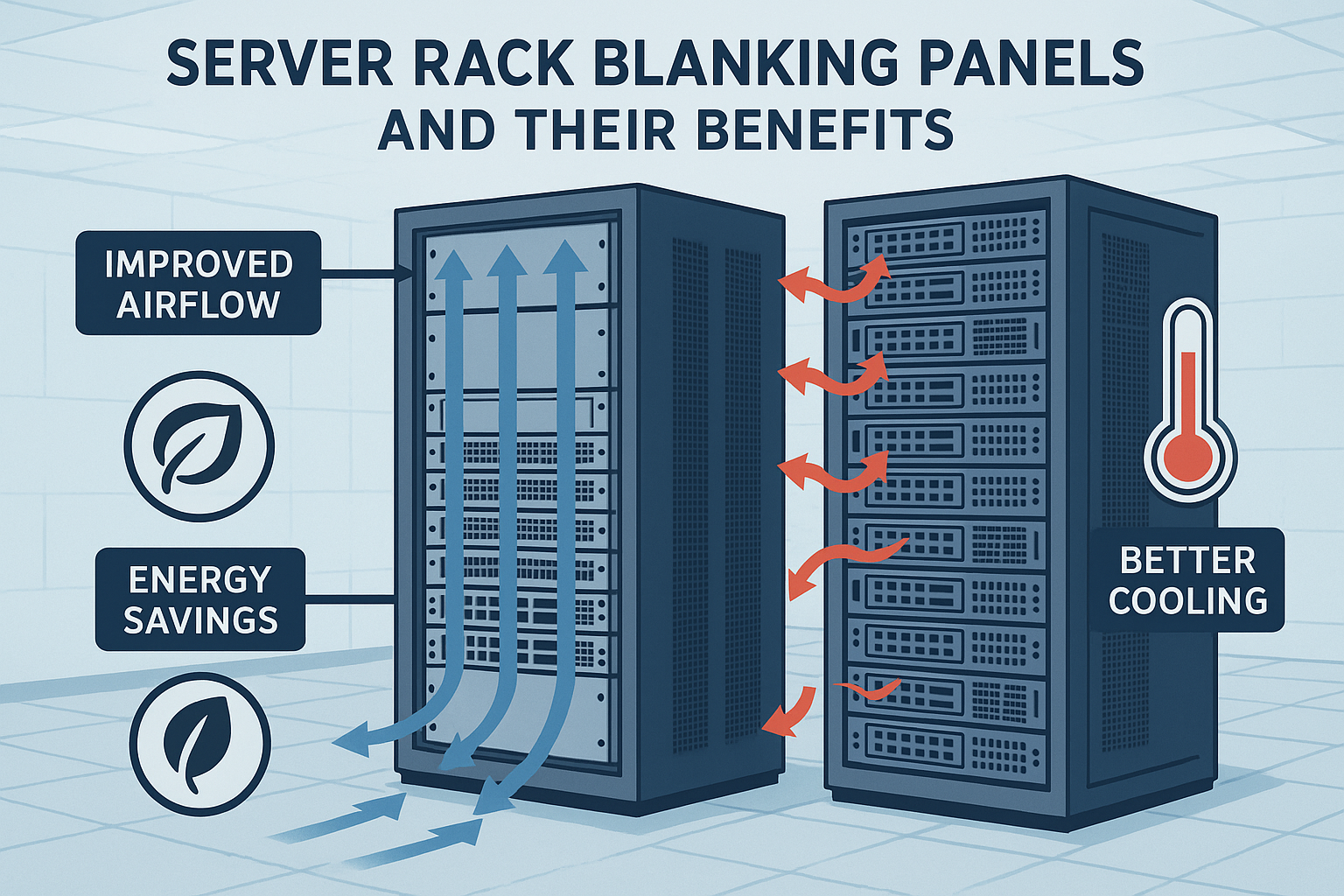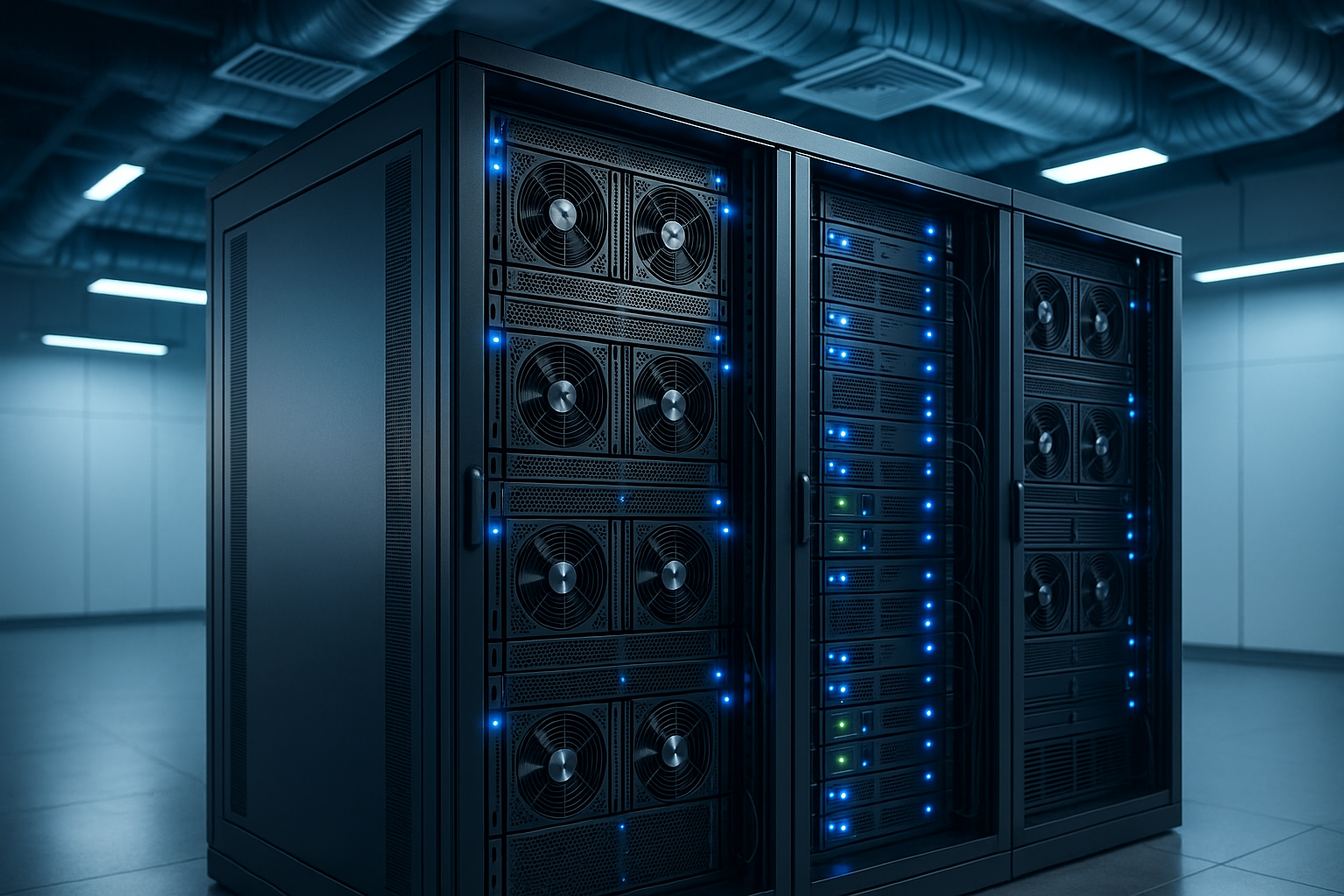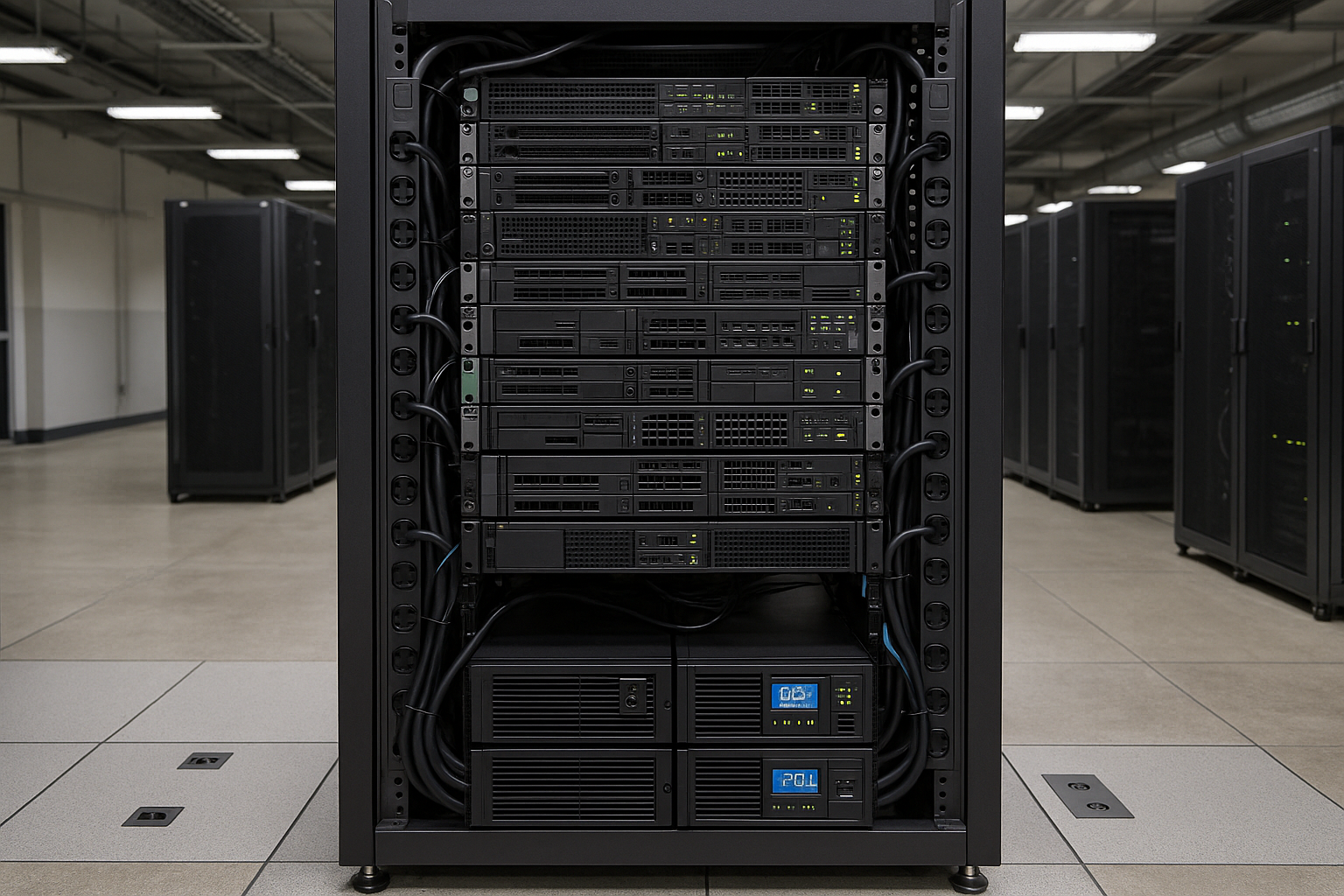When it comes to building or upgrading an IT infrastructure, the rack is more than just a piece of furniture. It’s the foundation that keeps your equipment organized, secure, and operating at peak efficiency.
1. Understand Rack Types
-
Open-Frame Racks: Provide excellent airflow and easy access for maintenance. Ideal for data centers and network rooms where security is not the main concern.
-
Enclosed Cabinets: Offer added protection from dust, tampering, and accidental disconnections. Perfect for office spaces and public environments.
2. Plan for the Future
Select a rack with more capacity than you currently need. Technology evolves, and leaving extra space will save you from costly upgrades later.
3. Prioritize Cooling
Choose a rack that supports front-to-back airflow and allows installation of fans or other cooling solutions to prevent overheating.
4. Ensure Load Capacity
Confirm the rack can handle the combined weight of all equipment, especially heavy servers and UPS units.
5. Maintain Accessibility
Look for racks with sliding shelves, removable panels, and rear access to make servicing your equipment easier.











